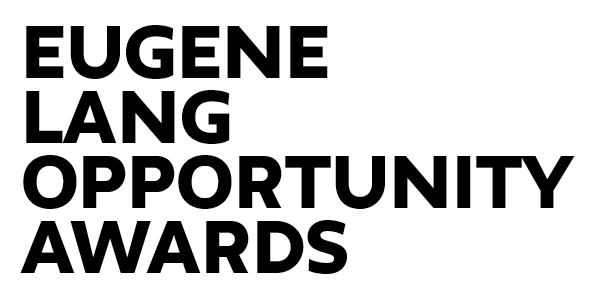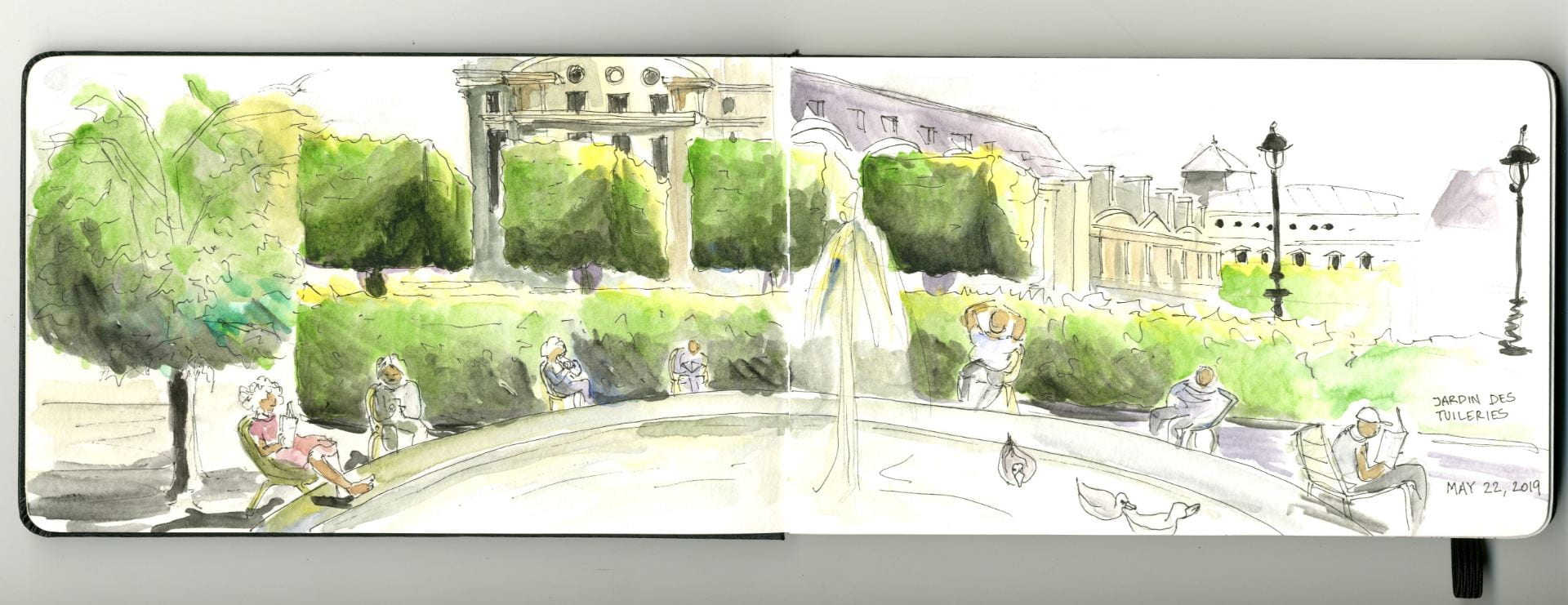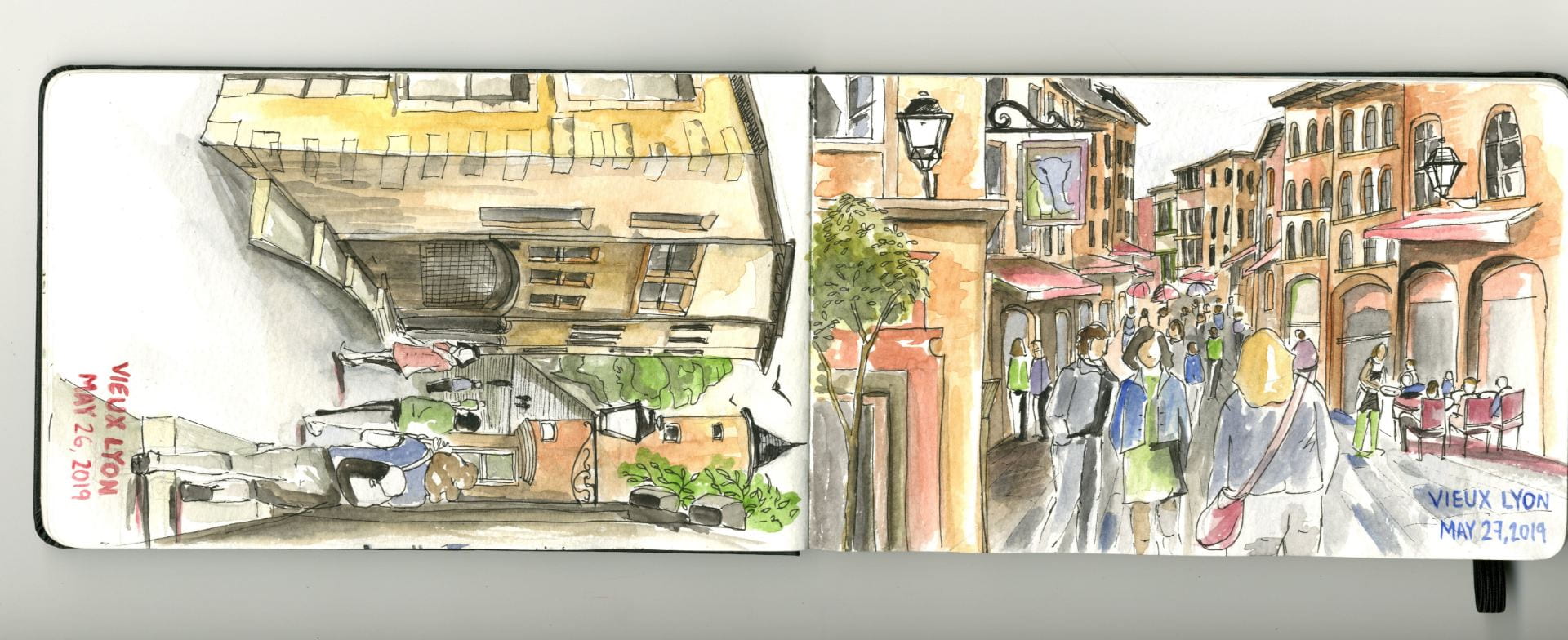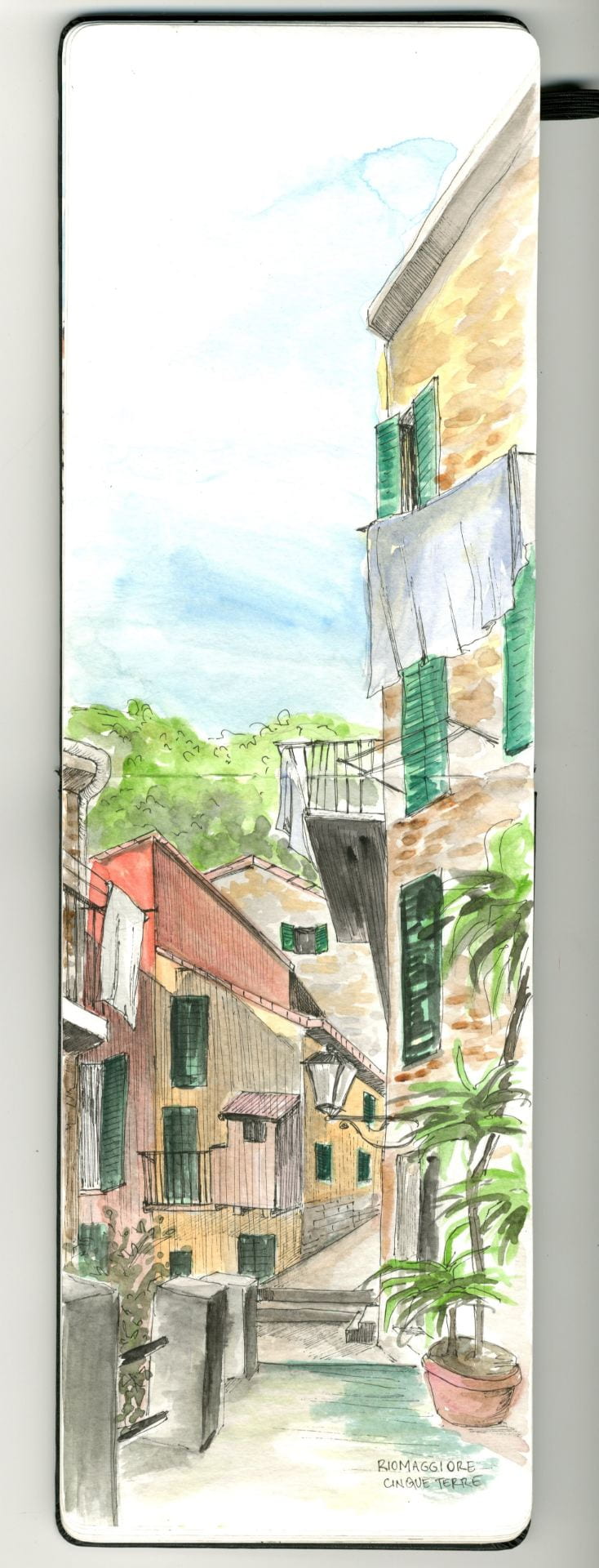I am constantly fascinated by the similarities in cultures from different countries. Regardless of the physical distances and perceived differences, there lies a deep connection among people from around the Mediterranean region. The cuisines, languages, religions, and ways of life are very similar, and can be experienced through a deeper analysis of architecture since many of the significant monuments of these areas are connected to cultural practices. I thus decided to go on a self-guided trip to several cities in France, Italy, Portugal and Lebanon. My mission was to develop drawings that would document every aspect of my day-to-day experiences, and eventually draw out conclusions about the interconnected aspects of Mediterranean life.
I believe in studying architecture through experiencing it, and was inspired by the sketchbooks of architects such as Lawrence Halprin and Zaha Hadid, which are cherished today and stored in galleries dedicated for architectural education. I could detect the buildings they were studying so closely, and I could understand their feelings of the space. For instance, when Halprin became terribly ill, he still sketched, yet one could immediately tell from his pen strokes that he was not completely himself. I wanted to be part of the tradition of traveling with a sketchbook and documenting spaces, plants, coffee spills, built environments, smudges, personal thoughts, faces, and everything else that felt unique to the environment I was in. In the end, I collected a series of experiences in a single sketchbook, a book of narratives.
My trip began in Paris, and I slowly moved south to visit Lyon, Marseille and Nice. I then moved into Italy through Genoa, Florence, Cinque Terre, Napoli, Sorrento and Palermo. Finally, I visited Porto and Lisbon before going back to Lebanon. One thing I found consistent in all four countries was the beautiful coexistence of historic and contemporary architecture, which truly showed how various people occupied these lands before official boundaries were formed to create the nations as we know them today. For example, Palermo’s architecture can be traced to Arabic, Norman, Byzantine and Greek as well as other regional influences since the area was inhabited by different people over time. The architecture seems to work as a collage, depicting the influences even within the same building.
Religion and royalty had a deep effect on the progression of architecture and tradition, as many of the monuments I documented were houses of worship and castles. However, it was interesting to see how they are currently used as public space regardless of their actual function.
Aside from the more lavish architectural spaces, I also wanted to document people’s daily routines, from commuting in a train, to laying on the beach, to reading a book near at a park.
It is interesting to note how people find comfort in the public spaces available to them. In Nice, people enjoy their afternoons by laying on the beach and catching the sun after work. In Lyon, students sit in groups by the Rhone river to watch the sunset over informal dinners. In Napoli, sidewalks are occupied by locals throughout the day – many pull out chairs from their ground-level apartments, chatting with their neighbors and watching people as they move in and out. In essence, the diversity of public spaces seems to have an impact on people’s daily routines and cultural habits.
From the rooftop views of Florence, to the “townhouses” of Vieux Lyon, and to the clustered hillside of Cinque Terre, I loved filling my sketchbook with vignettes of the beautiful vernacular architecture I’ve encountered throughout my travels. There is something magical about the ways different people in different places have built their homes and towns over time, and in turn how people’s identities have been shaped by these spaces.




















